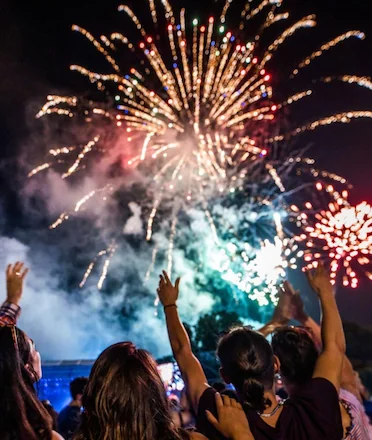Blessed with gorgeous nature of lush green rice terraces, crystal-clear beaches, and stunning volcanoes, Bali is a paradise for drone enthusiasts. Its picturesque landscapes offer incredible opportunities for aerial photography and videography. However, flying a drone in the island obviously comes with responsibilities and rules. Here's a comprehensive guide to help you navigate the current drone regulations in Bali while making the most of your aerial adventures.
Flying a Drone in Bali: Updated Rules and Essential Tips & Top Drone Spots in Bali
Airport Safety
One of the most important rules for flying drones in Bali is maintaining a safe distance from airports. Drone activity is strictly prohibited within a 15-kilometer radius of any airport. With Bali’s main Ngurah Rai International Airport located near Denpasar, this restriction covers a wide area, including many tourist hotspots in southern Bali such as Kuta, Seminyak, and Jimbaran. Violating this rule is a serious offense, as drones can interfere with air traffic and jeopardize safety. When planning your drone flights, always ensure you are well outside the restricted zones. There are several apps and websites, such as DJI’s FlySafe or AirMap, that can help you identify no-fly zones to avoid unintentional violations.
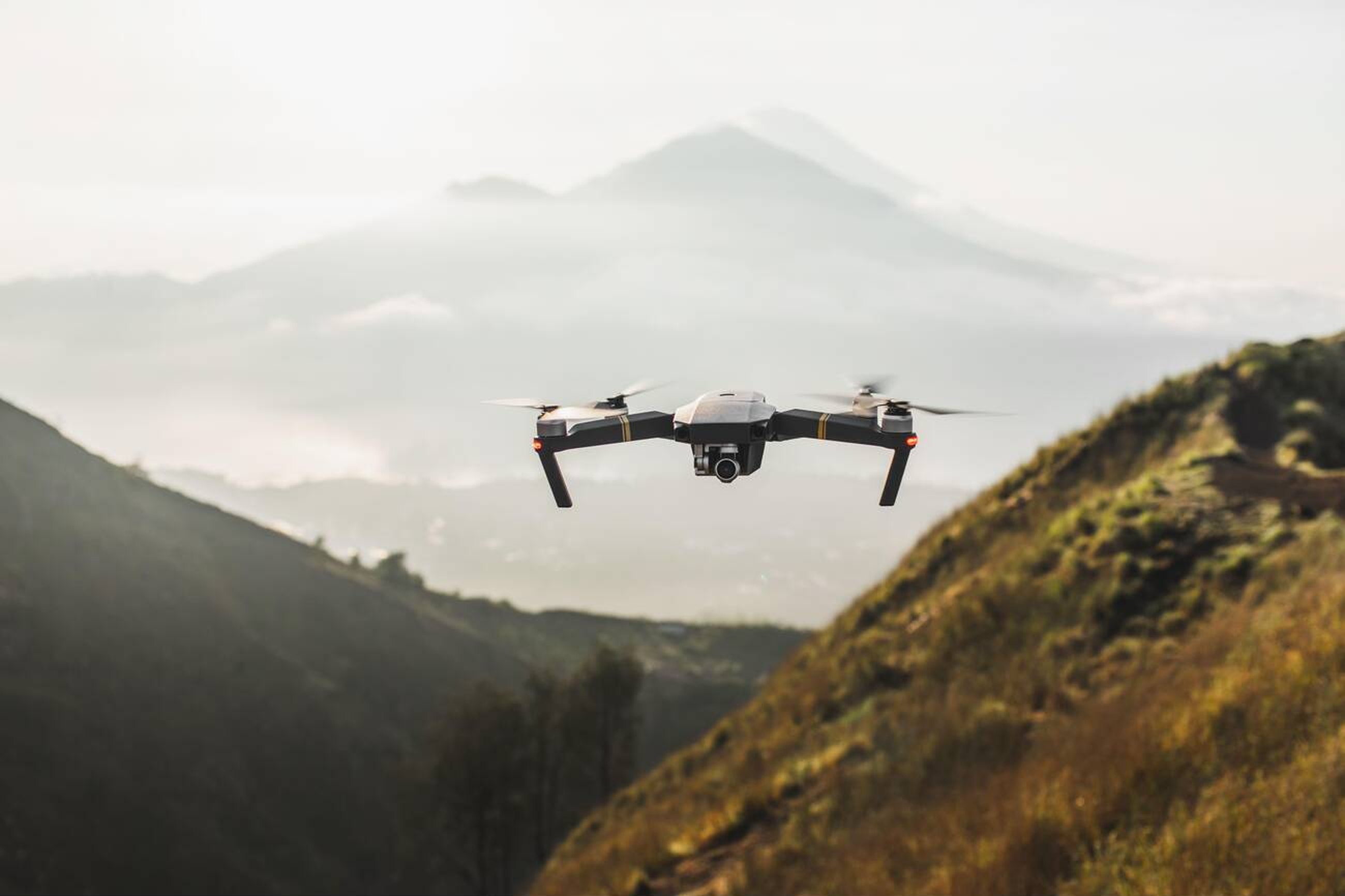
Battery Regulations
Transporting drone batteries requires special precautions, especially when flying to Bali. Most airlines require lithium-ion batteries to be carried in hand luggage rather than checked baggage. Batteries must be discharged to around 30-50% capacity and stored in fireproof bags for added safety. These regulations are in place to reduce the risk of battery-related incidents during flights. Before traveling, check with your airline regarding specific battery restrictions to avoid complications at the airport. Proper preparation ensures a smooth start to your drone adventure.
Climate Awareness
Bali’s warm and humid tropical climate can affect the performance of drone equipment, especially batteries. High temperatures may cause batteries to overheat, swell, or degrade faster. To prevent this, store your batteries in cool, shaded areas and avoid exposing them to direct sunlight for extended periods. Never leave your drone or its accessories in a parked vehicle, as the internal temperature can rise significantly. Regular maintenance of your drone is also crucial. Check for any damage or wear and tear before each flight, as humidity can accelerate equipment deterioration.

Cultural Mindfullness (Temple's Are Mostly Off-Limit)
Bali is known for its rich culture and deep spiritual connections, with countless temples and sacred sites scattered across the island. While these locations make for stunning drone footage, it’s crucial to approach them with respect. Flying drones over temples or religious ceremonies without permission is considered highly disrespectful and could offend the local community. Some temples allow drone usage but require a donation or permit. For instance, sites like Tanah Lot or Uluwatu may charge a fee for aerial photography. Always seek permission from temple authorities before operating your drone and adhere to their guidelines to ensure a positive experience for everyone.
Daylight Hours Only
Bali’s drone regulations prohibit flying at night. Limited visibility during nighttime increases the risk of accidents and makes it harder to monitor your drone’s surroundings. To stay compliant and ensure safety, schedule your flights during daylight hours. Early mornings and late afternoons are particularly rewarding for capturing Bali’s breathtaking scenery, as the soft lighting enhances the natural beauty.
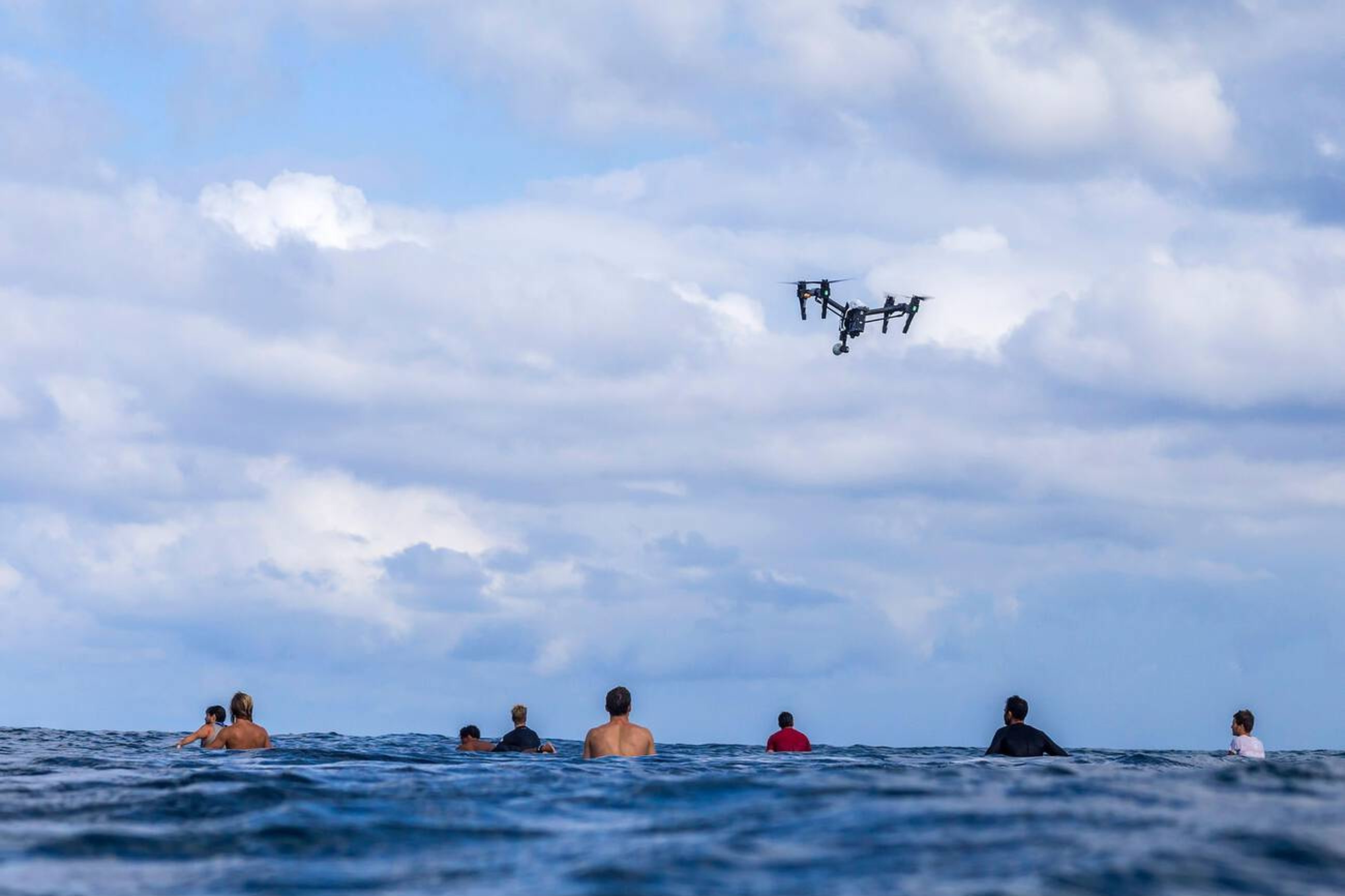
Designated Flight Zones
Indonesia’s aviation authority, the Directorate General of Civil Aviation (DGCA), regulates drone operations across the country. Flying drones in restricted areas, such as military zones, police stations, and above 150 meters in height, is prohibited. Additionally, controlled airspaces around certain government facilities and densely populated areas are off-limits. To avoid violating these rules, familiarize yourself with the designated flight zones. Apps and drone-specific maps are invaluable tools for identifying where you can legally fly.
Drone Insurance
Although drone insurance is not mandatory for recreational use in Indonesia, it’s highly recommended. Insurance can provide coverage for accidental damage, loss, or injury caused by your drone. Considering the value of drones and the potential costs of mishaps, having insurance offers peace of mind and financial protection during your flights. If you’re using your drone for professional purposes, insurance might be a requirement to comply with local laws. Check with insurance providers for policies tailored to drone operators.
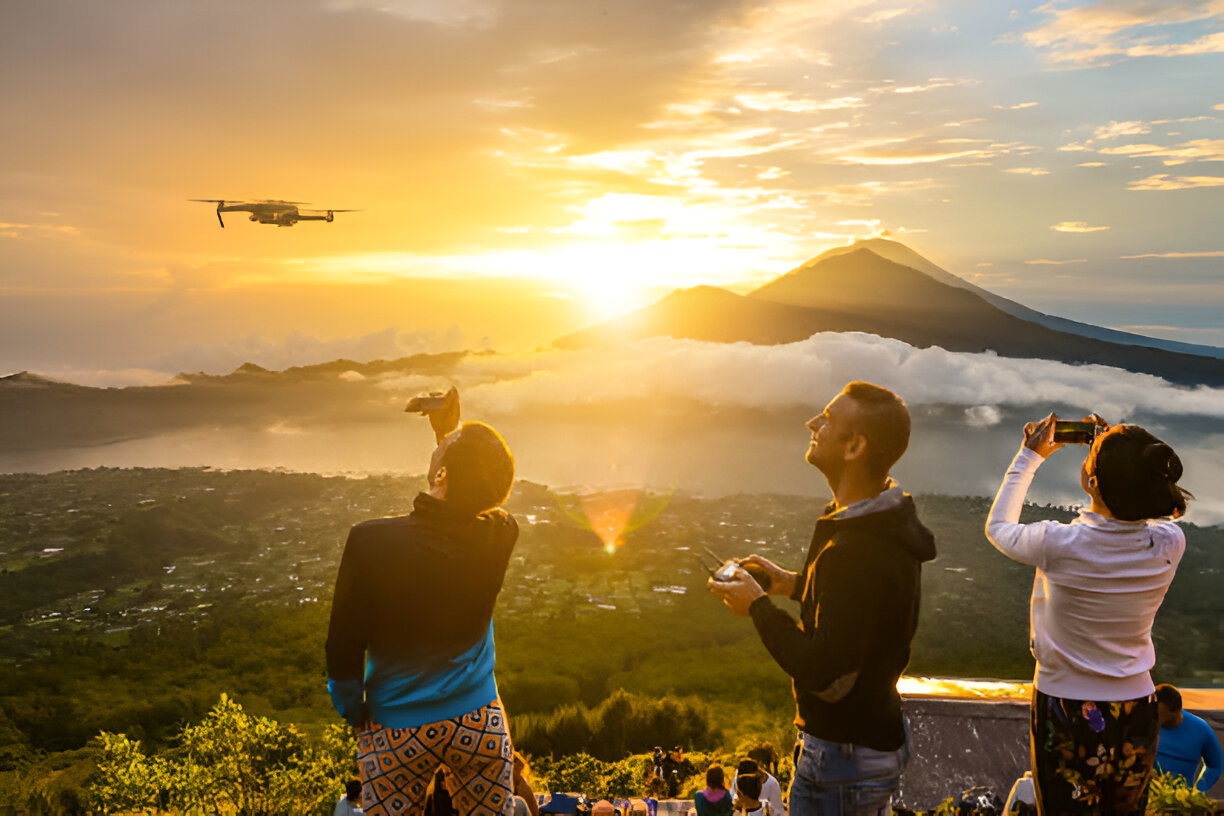
Line of Sight
Always maintain a clear visual connection with your drone while flying. This rule ensures that you can react quickly to any potential hazards, such as obstacles or sudden weather changes. For those using first-person view (FPV) drones, it’s mandatory to have a co-pilot who can keep the drone within their line of sight at all times. Adhering to this regulation not only enhances safety but also prevents unnecessary complications with local authorities.
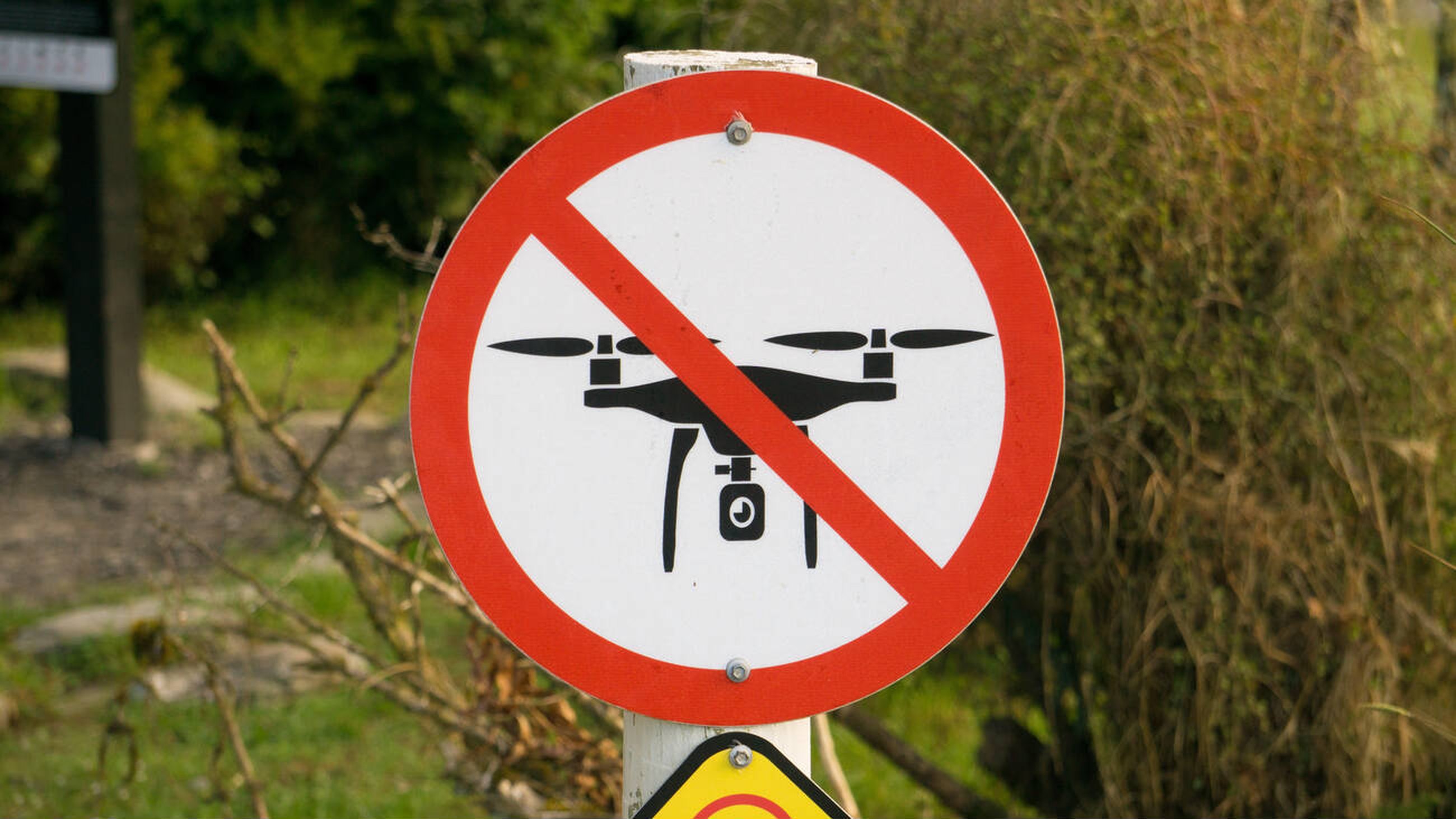
Respect Privacy
Flying over private property, including villas, resorts, or homes, without prior permission is a violation of privacy laws in Indonesia. Bali attracts many international visitors, and respecting their privacy is essential to maintaining the island’s welcoming atmosphere. Always seek consent from property owners or managers before filming. Respecting these boundaries not only keeps you out of legal trouble but also fosters goodwill with the local community.



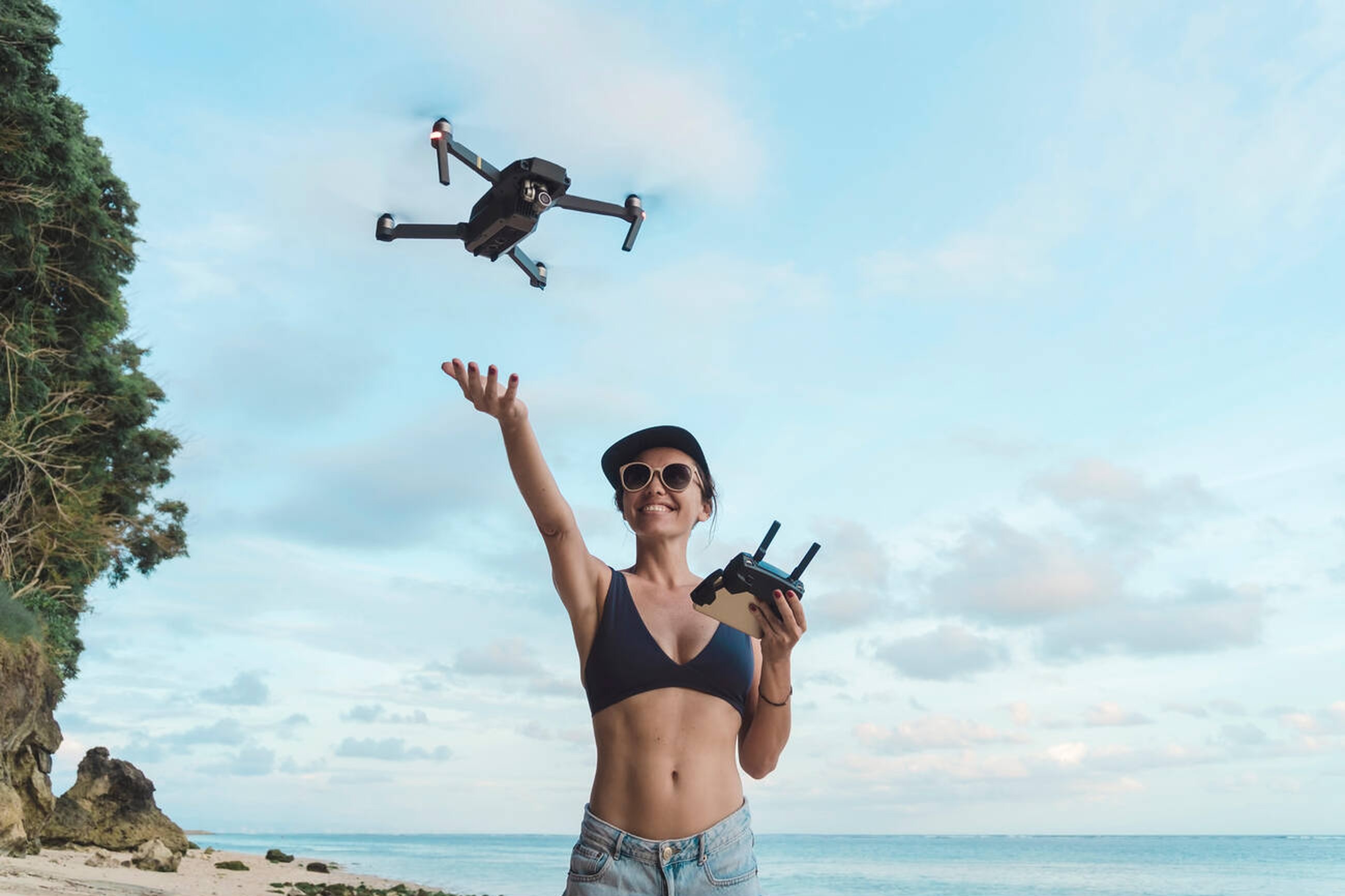
 Billy Bagus
Billy Bagus
 Dec 16, 2025
Dec 16, 2025
